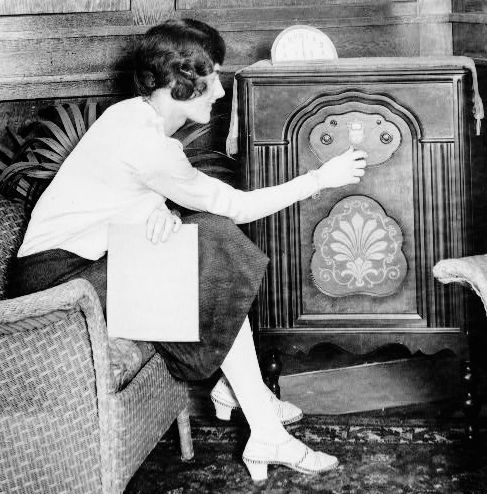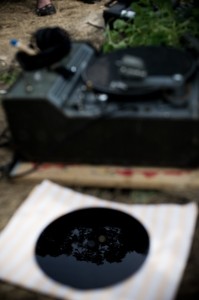

With every acetate we cut, we’re understanding more and more how miraculous it is to be able to capture and replay sound. Portable and accessible recording devices changed the lives of Americans in the 1920s and 30s. And one of the most important reasons they did, was that machines like our PRESTOs changed the way that radio broadcasts were made.
Before TV (but long after broadsheets) most Americans got their news and entertainment from their radios. 1920s radio shows were a far cry from the phone-prank-laden shock jock-hosted sound effect parades you hear during drive time today. Back then every round of applause or word of warning had to be made in the studio in real time.

But radio broadcasters realized the possibilities of field recorders right away, and dove right in, using them to create all kinds of messages for delayed broadcast. These “air checks” would include intros and outros for popular radio programs, news reports, recurring features that required content from outside the station, political messages, public service messages and more. It was the birth of syndication. Just imagine the faint crackle of record spinning every time you hear Ryan Seacrest start the Top 40 countdown…we have PRESTO to thank.
LISTEN: Kentucky Governor A.B. Chandler for the reelection of Franklin Roosevelt in 1936
LISTEN: January 27, 1937 aircheck of WSM/Nashville’s coverage of the great Ohio River Flood
These clips are from the archives of WHAS, LKY Radio in Kentucky. Radio geeks can hear dozens more vintage air checks on their website.










